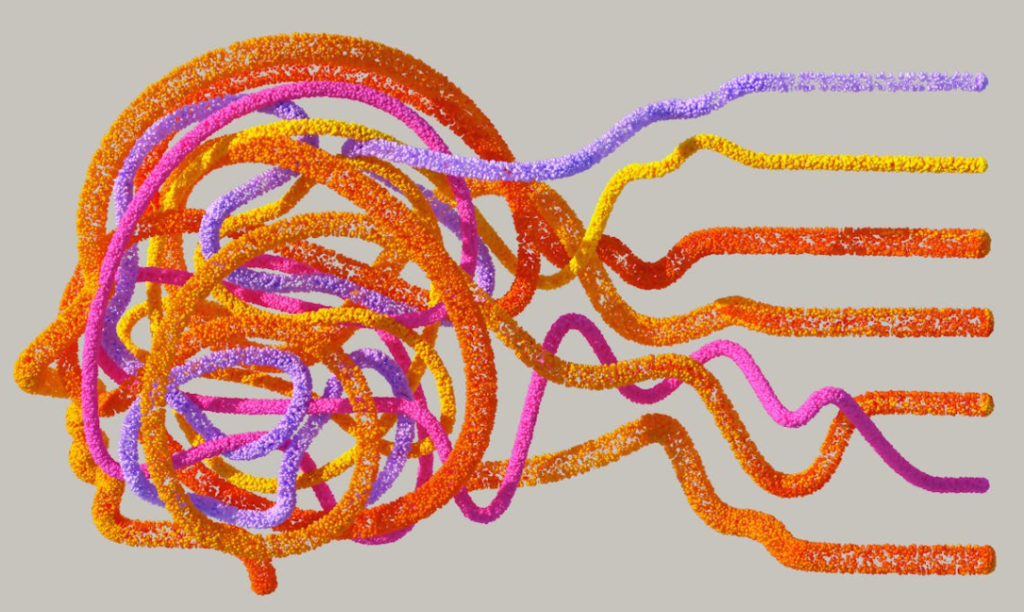Feature selection is a crucial step in the process of building machine learning models. It involves choosing a subset of relevant features from the original set of features to be used for model training. Here are some reasons why feature selection is important:

- Improved Model Performance: Irrelevant or redundant features can introduce noise and complexity to your model, leading to overfitting. By selecting only the most relevant features, you can improve the model’s generalization to new, unseen data.
- Faster Training and Inference: Removing unnecessary features reduces the dimensionality of the dataset, which can speed up both the training of machine learning models and the prediction process. Training models with fewer features often requires fewer computational resources.
- Enhanced Interpretability: Fewer features often result in simpler models that are easier to interpret and explain to stakeholders. This is especially important in fields where model transparency and accountability are crucial.
- Reduced Overfitting: Overfitting occurs when a model learns noise in the training data rather than true patterns. Feature selection helps mitigate overfitting by eliminating features that don’t contribute meaningfully to the predictive power of the model.
- Lower Data Collection and Storage Costs: Collecting and storing unnecessary features can be resource-intensive, especially when dealing with large datasets. Feature selection helps reduce data storage requirements and the cost of collecting and maintaining unnecessary data.
- Enhanced Robustness: Models trained on a reduced set of features are often more robust to changes in the dataset and variations in input data. This makes the model more reliable in real-world scenarios.
- Avoiding the Curse of Dimensionality: When the number of features is much larger than the number of data points. The model can suffer from the curse of dimensionality. Feature selection can help mitigate this issue by reducing the number of irrelevant features.
- Domain Knowledge Utilization: Domain experts can provide valuable insights into which features are likely to be the most relevant for a given problem. Feature selection allows you to incorporate this knowledge into the modeling process.
- Simplification of Model Maintenance: Models with fewer features are often easier to maintain and update. As new data becomes available, updating a model with fewer features is less cumbersome.
There are various methods for performing feature selection, including filter methods (using statistical tests to rank features), wrapper methods (training and evaluating models with different feature subsets), and embedded methods (selecting features as part of the model training process).

Leave a Reply